Equinox and Solstice—What’s The Difference?
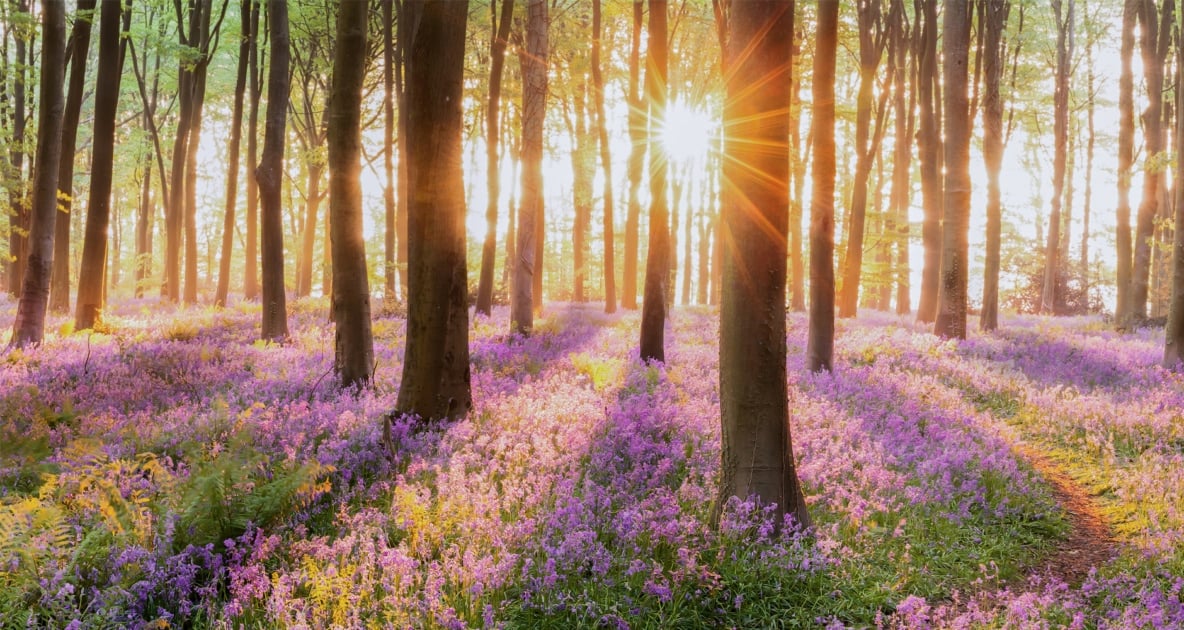
Solstice. Equinox. These are words that we hear at the start of each season. We greet spring with the arrival of the vernal equinox in late March, and we welcome winter with the arrival of the solstice in late December. But aside from marking the transition from one season to the next, what exactly do these words mean? Is there a difference between equinox and solstice?
To understand better, keep in mind that Earth is like a top and spins (or rotates) from west to east, making one complete rotation in just under 24 hours. But the axis of our planetary top is not oriented straight up and down, but rather it’s tilted by an angle of 23.5°. And when we combine that tilt with Earth’s rotation around the Sun, it serves to provide us with noticeable variations in the length of the amount of daylight as well as a change in temperature during the course of the year.
Seasons According to Astronomy
Seasons are explained by astronomers. As an artifact of our global tilt, and as the Earth moves around the Sun once every year, the Sun shines sometimes more on the Northern Hemisphere (our summer) and sometimes more on the Southern Hemisphere (our winter). And between each of these two extremes, there comes a time when the Sun is shining on all parts of our globe in equal amounts for a whole day: the equinoxes.
From here on Earth, it appears to us—just as it appeared to people even before the dawn of history—that the position of the midday Sun moves in the sky. On the first day of summer (the summer solstice) here in the Northern Hemisphere, the noon Sun appears high in the sky. It rises about eight hours before noon and sets about eight hours after noon. Correspondingly, our weather turns warm. At the vernal and autumnal equinoxes, the Sun is in the sky for approximately 12 hours. But on the first day of winter (the winter solstice), the Sun is in our sky for a total of only about 8 or 9 hours and it appears very low in the sky at noon. Consequently, we get cold from so little exposure to the Sun.
The direct rays of the Sun migrate across our globe on a daily basis. For one half of the year, the Sun appears to migrate north and for the other half of the year, the Sun appears to migrate south.
Solstice
On two days of the year, the Sun’s migration appears to come to a halt, and then it switches direction. Those two days are the solstice days (We call them “solstice” based on the Latin derivation solstitium, which literally means “Sun stopped” or “Sun stationary”). The summer solstice happens in late June—23.5° north of the equator—called the Tropic of Cancer, and the winter solstice happens in late December—23.5° south of the equator—called the Tropic of Capricorn.
Put another way, you have probably heard of the word armistice, which means to “stop fighting.” In the case of a solstice, from our Earthly perspective, the Sun appears to stop moving. From the moment of the December (winter) solstice to the June (summer) solstice, the Sun appears to continuously climb northward as its direct rays migrate north. And, from the moment of the June solstice to the December solstice, the Sun’s direct rays migrate south. Only at the solstice points does the Sun appear to briefly stop and change direction.
Equinox
The word equinox refers to equal days and equal nights—the word equinox is derived from the Latin aequus (equal) and nox (night)—and the Sun appears directly overhead as seen from the equator. The March equinox in the Northern Hemisphere is referred to as the “Vernal” equinox, derived from the Latin vernalis, meaning of, in, or appropriate to spring. The September equinox is the autumnal version, making reference to the fall season.
These turning points during the year indicate a change of the seasons as well as the Sun’s rays.
Equinox and Solstice Recap:
- Summer Solstice. Happens in late June. The Sun’s rays have reached the point on Earth known as the Tropic of Cancer (see diagram, above) and appear to stand still before they start moving southward. Our longest day of the year (in terms of daylight) happens at this moment, and days start getting shorter.
- Autumnal (Fall) Equinox. Happens in late September. This is the moment in time where the Sun’s rays are now shining down over the equator and our days are nights are approximately equal in length. The Sun’s rays continue to make their journey south, and as a result, hours of darkness will be winning out over daylight.
- Winter Solstice. Happens in late December. The Sun’s rays have reached the point on Earth called the Tropic of Capricorn (see diagram, above) and appear to stand still as they get ready to switch direction. It’s the shortest day of the year in terms of daylight, and from here on out, the days will start to get longer.
- Vernal (Spring) Equinox. Happens in late March. This is the point where the Sun’s rays are now shining down over the equator and the days and nights are approximately equal in length again. The Sun’s rays continue to make their journey northward as we head to summer once again.

Joe Rao
Joe Rao is an esteemed astronomer who writes for Space.com, Sky & Telescope, and Natural History Magazine. Mr. Rao is a regular contributor to the Farmers' Almanacand serves as an associate lecturer for the Hayden Planetarium in New York City.

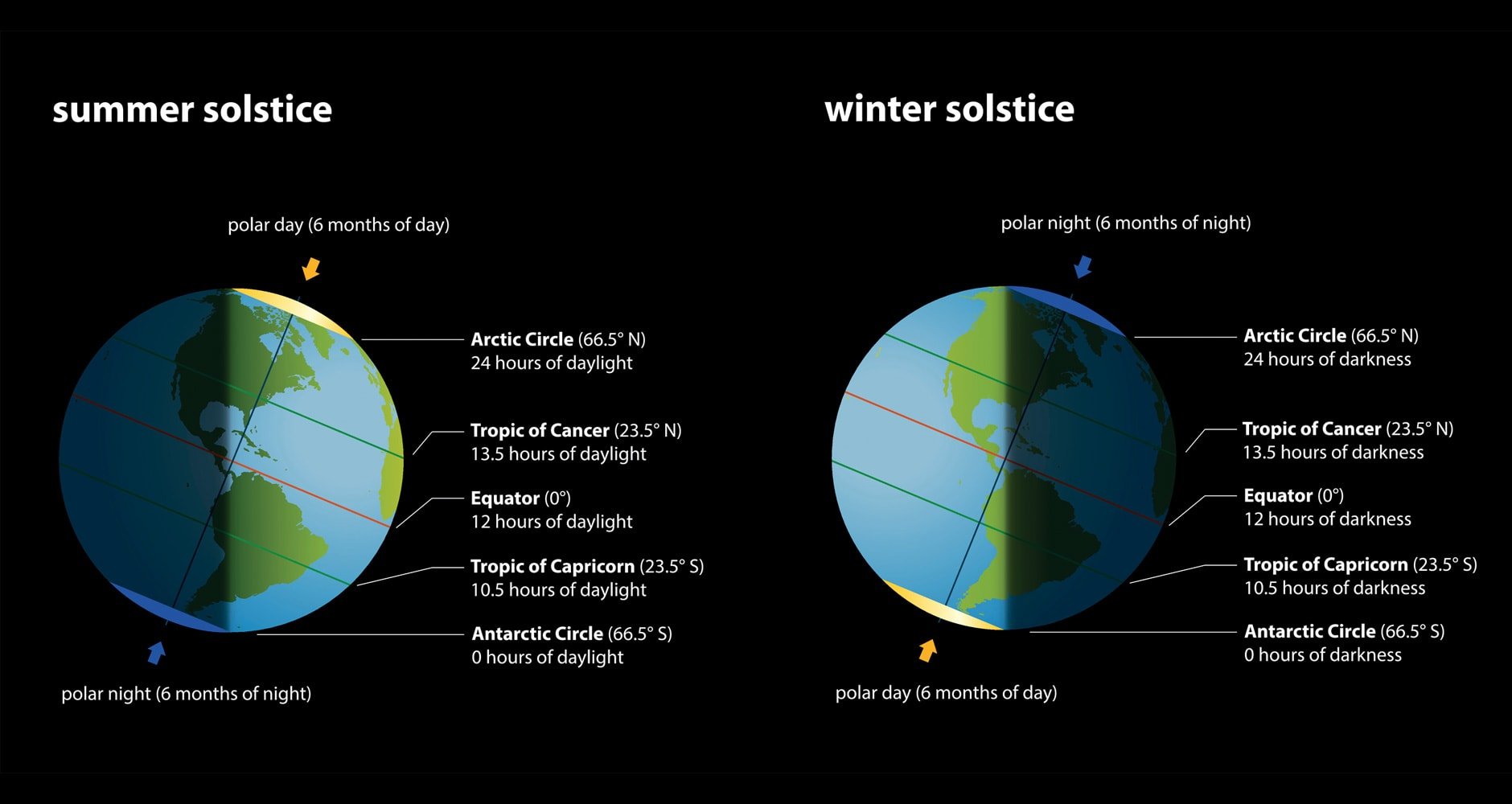
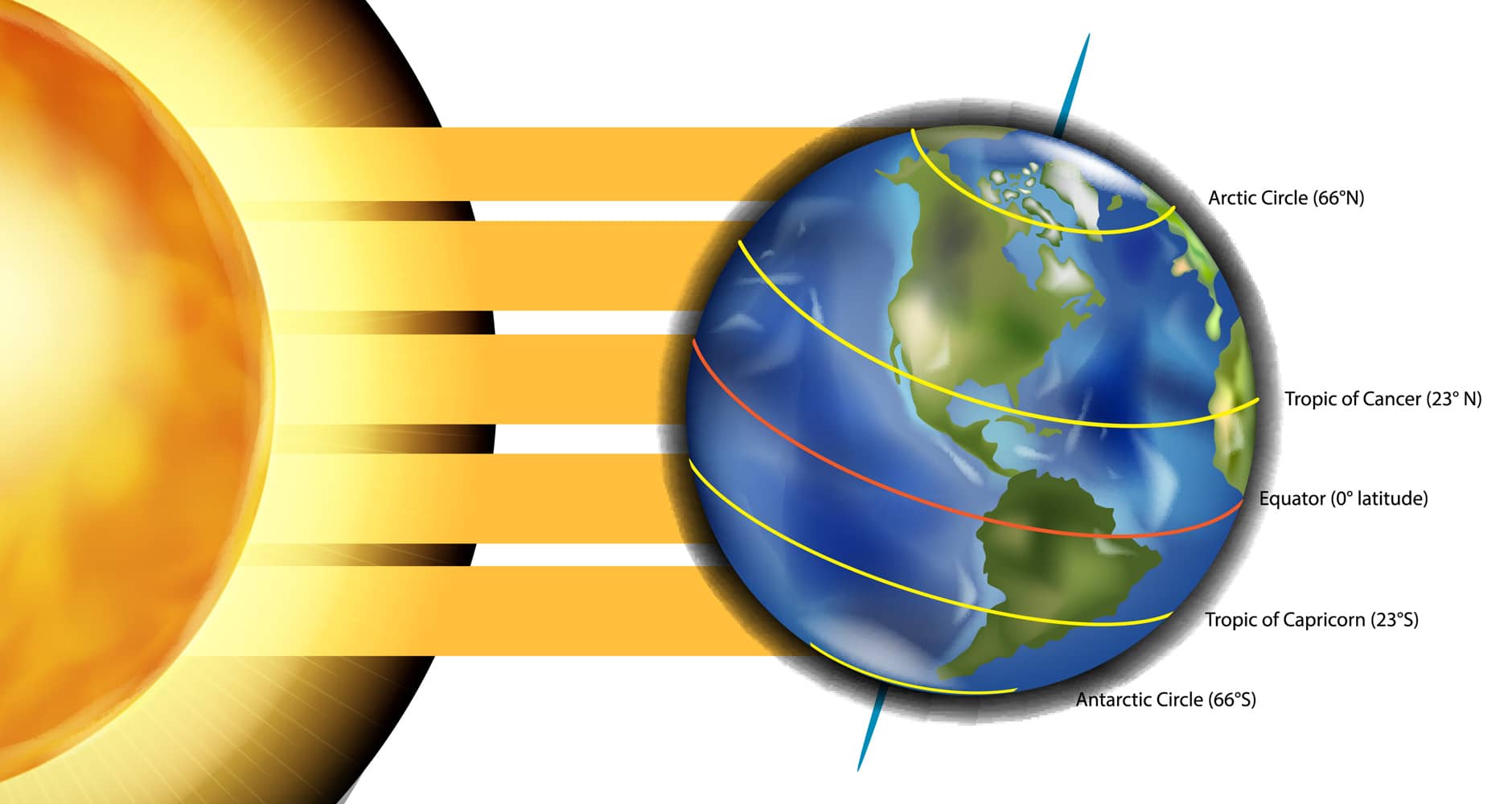

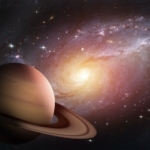

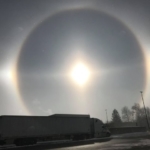




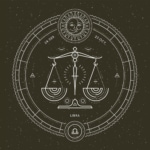
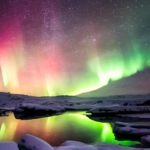

To those who thinks that the Earth is flat, read up! Great explanation. Love it.
For those of us who are visually oriented, this article is “illuminating”. Thank You.
The article is correct. Earth rotates in an easterly direction (from west to east, or from left to right when viewing a globe). It honestly caught me too when I first read it considering our deeply engrained perspective of the sun’s movement being a westerly path (from east to west). The concept of ‘Sunrise’ might help clear this up. Sunrise travels from east to west as the earth’s eastern edge of the dark/nighttime side is revealed to the sun first. This is why New York sees sunrise first before California does.
Thank you for the clarity.